A unique method of monsoon stain treatment-- an introduction to the producing area and grading system of coffee in India
When it comes to Asian coffee, most people will first think of Mantenin in Indonesia, or Vietnamese coffee, Laos coffee, and Yunnan coffee. But few people mention India, which has a long history and is the first country in Asia to grow coffee. It has always had a place in the coffee world and is a major producer of coffee in the world. Today, the editor will tell you about India, which is famous for its curry, tea and coffee.

History
The early Arabs monopolized the cultivation and marketing of coffee, and the coffee sold to Europe was the only monopoly, and the control of coffee seeds and saplings was very strict. In 1670, an Indian Muslim practitioner, Babudan Baba Budan, went on a pilgrimage to Mecca, Arabia. he found coffee in the port of Mocha in Yemen, hid seven coffee seeds, took a boat home, and planted the coffee in the Chickmagalur mountains in the south. In honor of this man, the Indians also call Mount Chickmagalur the Babudan Mountain. Today Chickmagalur is a very important coffee producer in India. Indian coffee was replanted on the Indonesian island of Java in 1696, so coffee was grown very early in India.
Geographical conditions
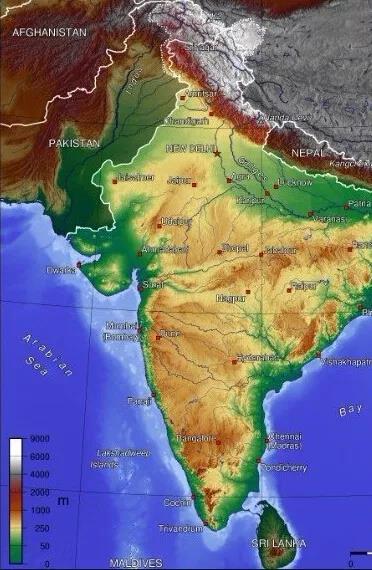
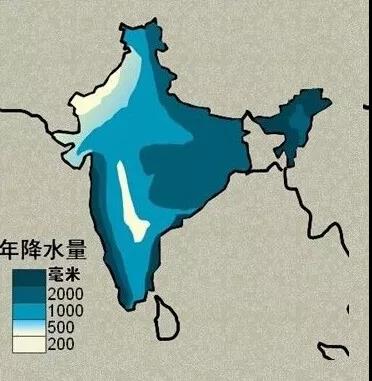
Coffee cultivation in India is mainly located in the south, with moist mountain terrain, 800-1600 meters above sea level, few coffee producing areas in the world have as rich a variety as here: forests, herbs, shrubs, flowers and animal groups, to form a magnificent paradise. It is generally tropical in summer and cool in winter, providing an excellent environment for all coffee farmers. Coffee blooming is a spectacle worth experiencing. Throughout the flowering season, people can see the landscape dotted with white flowers, emitting an attractive fragrance, bees and butterflies flying among the flowers. The coffee flowers in the whole area are covered with a sea of white flowers, just like the jewels on the coffee farmer's crown.

Production condition
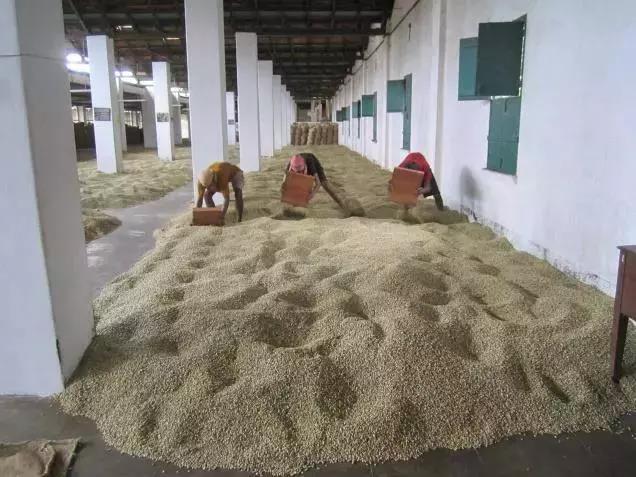
You might not imagine that India produces a lot more coffee than Ethiopia or any other Central American country-900000 hectares of land grows coffee beans. India has about 140000 coffee farms, more than 90% of which cover an area of less than 10 mu, belonging to small-scale farming. These farms are distributed in the coastal mountains of the south and east, with an annual output of between 44 and 450000 bags, making them the fifth largest coffee producer in the world. Almost 80% of the country's coffee production will be exported to Germany, Russia, Spain, Belgium, Slovenia, the United States, Japan, Greece, the Netherlands, France, Italy and other places, and most of the exported coffee beans will be transported through the Suez Canal.
Producing area
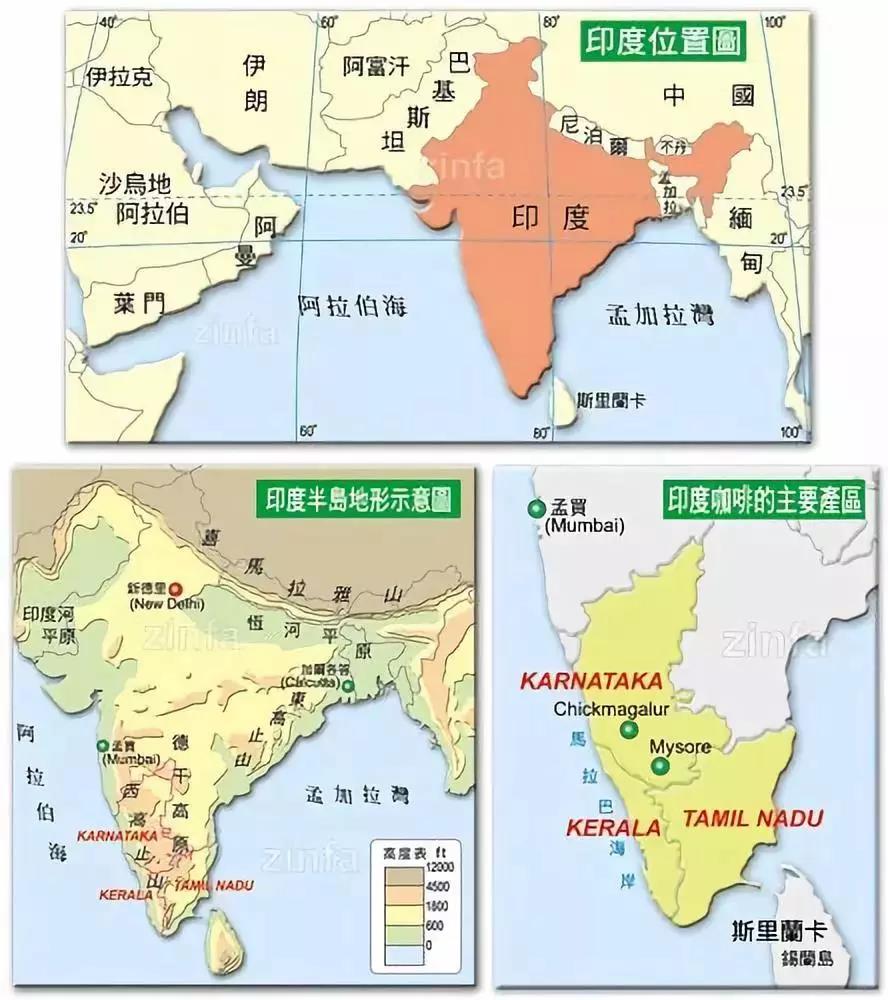
Karnataka, Clara and Tamil Nader are the main coffee producing areas in India, accounting for more than 90% of the country's coffee production. Today, 2 of Indian coffee 3 is Robusta, while Arabica accounts for only 1 Compact 3. Coffee is mainly distributed in Karnataka in the southwest, and both are grown, accounting for 50% of India's total coffee production; Clara in the south focuses on Robusta, accounting for 30% of the total production; Tamil Nader in the southeast grows both, accounting for 10% of India's total coffee production; the remaining 10% are scattered in the emerging areas of the north.
Planting variety
[Kent] (Kent)

The Tibica hybrid, a hybrid of S288 and iron pickup, was found in the Kent Cafe Garden in Mysso, India in 1911, with high yield and rust resistance. The aroma of coffee is thicker than that of bourbon, and it has been introduced to new world producing countries such as Kenya and Indonesia.
[S795] Local name: Jember

This variety was bred by crossing Kent Kent (Typica selection, tall, high yield, extremely resistant to leaf rust) and big fruit coffee Coffea Liberica in India in 1940s. 1955 the Indonesian Coffee and Cocoa Institute (ICCRI), named Jember, is widely grown in India, Indonesia and Ethiopia. This variety has some resistance to coffee leaf rust, but the resistance decreases with time and has the taste of maple syrup or brown sugar. S795 is currently the main variety in India, accounting for 70% of the total output of Arabica.
[S274]
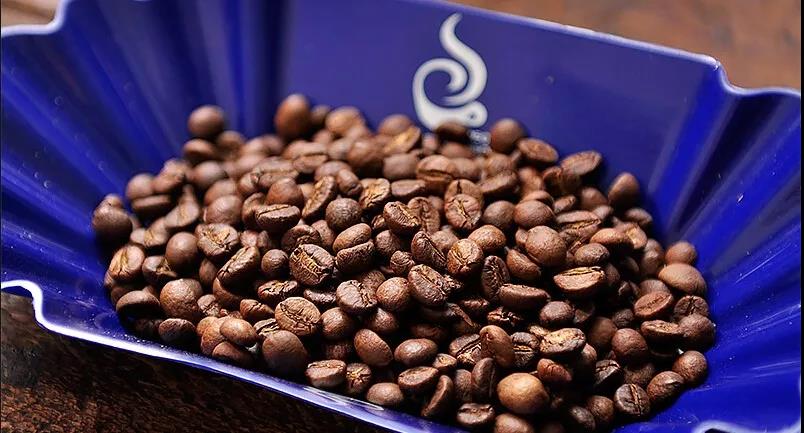
India's most famous small seed Robusta, sold on the market as the Royal Robusta Robusta Kappi Royal, is the noblest Luodou in the world. This Kappi Royal,16/17 is the size of the eye, the surface is clean, the beans are hard and chubby is very beautiful. Compared with ordinary sun-dried Luodou, Kaapi Royal has no irritating astringency, fishy smell, or even rubber taste. Some people say that she has the taste of Japanese Xuanmi tea. It is said that drinking alone is not like coffee. It is full of tea and has a high consistency.
[Sln C × R]
This is India's latest espresso formula bean, jumping out of the Arabica and Robusta hybrid, but by the Congolese Sith Congensis and Robusta hybrid, namely Congensis × Robusta. At present, this coffee has entered the American boutique coffee industry, using sun treatment, tastes like Indian spice, slightly sour fruit, and is said to have a very different experience. Sln C × R is expected to be a strong rival to Wind-stained Malaba and Royal Robusta.
Treatment method
1 | Wind-stained Malaba-a wonderful work of the Great Navigation era

As early as the 17th century, India was already an important supplier of coffee to Europe in addition to the Yemeni port of Moka. At that time, most of the Indian coffee beans were shipped by sail to the European continent on a voyage of about six months.
During the voyage for more than half a year, due to the sea breeze and absorbing the moisture and salty smell from the cabin, the coffee beans changed in appearance and taste: the appearance of raw beans will gradually change from dark green to yellowish brown like rice, and the beans will swell.
The acidity of the coffee is smoothed out in the process and replaced by the development of flavors such as nuts, caramel and tea (this ripe taste shift is also a bit similar to the aged beans of Sumatra), as well as a thick taste. Indian-style soy beans do have their own unique flavor, usually with a strong sweet taste of nuts and grains, almost sour, often with the aroma of Xuanmi tea, and it is said that Nordic people liked this special golden coffee very much at that time.

Coffee traders who are proficient in business certainly feel the demand of consumers in the market. Interestingly, when the Suez Canal opened in 1869, coupled with the advent of steamships, the time from India to Europe was greatly shortened, which was supposed to be much more profitable for businessmen to sell Indian coffee. Unexpectedly, European customers complained that the coffee was stale, resulting in a sharp drop in orders.
To investigate the reason why regular customers do not buy it, it turns out that the opening of the canal makes the sailing time too short, and the short delivery time of two or three months makes it too late for the flavor to be "ripe." Without the blessings of the sea breeze, the gluttons do not like it! At this time, the merchant discovered that this accidental delicacy turned out to be a masterpiece of the four hands of the ocean and time.

As a result, this magical country invented the wind-soaked method, which is the open-hanging treatment of the world.
Wind-stained coffee needs to be made with sun beans, and all factories dealing with wind-stained coffee face to the west to meet the salty and wet monsoon blowing from the southwest sea. The coffee beans are spread flat in the wind field, the windows are all open, and the wind stains to a certain extent, and then enter the bag, but because the beans will expand a lot in the process, the coffee beans can not be filled too full, and the coffee bags should not be piled too dense to avoid mildew and spoilage due to lack of wind. It is also necessary to pour out coffee beans and replace sacks from time to time to avoid mold, which is a very time-consuming and labor-consuming project.
Monsoon coffee is stored in a special warehouse until the monsoon arrives, and the ventilation structure is designed to allow the moist monsoon to circulate between the coffee beans, so that its volume expands and shows a mellow but strong mildew smell.

The weathering period is about 12 to 16 weeks, and after it is ripe, it will be fumigated to drive out the weevil, and finally the beans will be screened manually to remove the failed beans that have not turned golden. After three to four months of wind treatment, green coffee beans are twice as large in volume and reduced in weight and density.
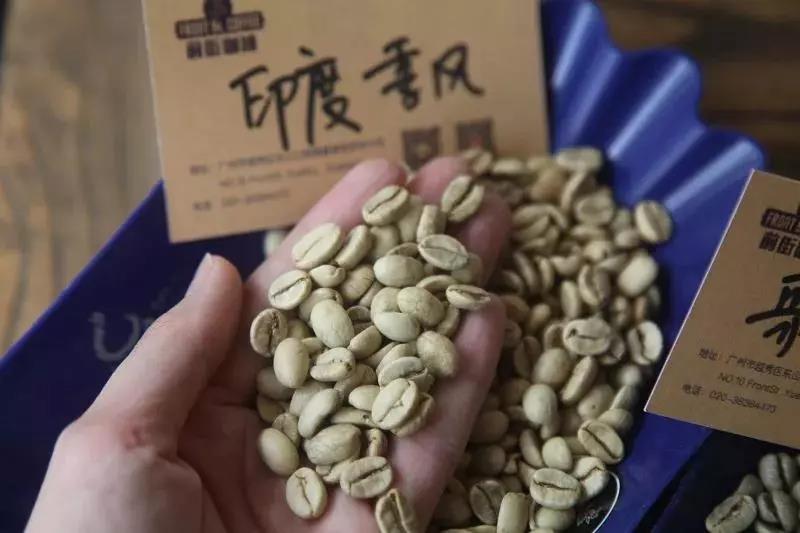
The monsoon process is labor-intensive: coffee is spread out in special ventilated warehouses and raked or turned by hand to allow coffee beans to absorb moisture in the moist wind. The whole process takes 12 to 16 months, in which the coffee beans expand to twice their original volume and have a dull golden yellow. Then the coffee beans that are not fully inflated are picked out with extra processing, and the rest of the coffee is to be exported.
Although the wind-stained Malaba coffee beans seem to be big and fat, they are soft beans that are strong and dry outside, a change brought about by months of weathering. Coffee beans have been exposed to the moist monsoon for several weeks, which not only turns the beans yellow, but also reduces the acidity of the coffee itself, and the taste is very special. In addition to serving as a single product, Indian Malaba coffee beans are also suitable for blending integrated coffee beans.
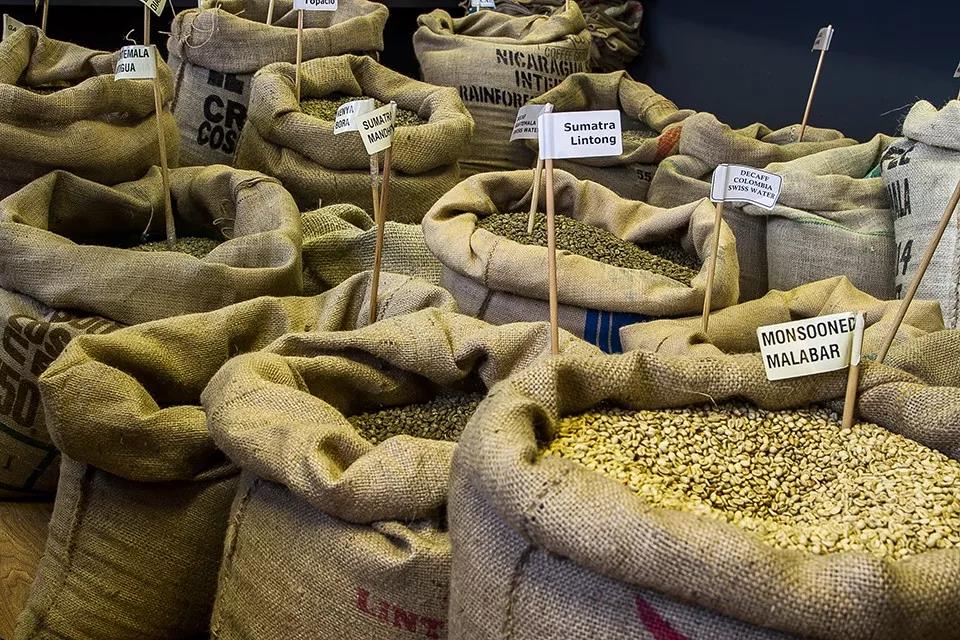
The aroma of this dried coffee is not very strong, but with the addition of water, a combination of strongly roasted nuts (dry-roasted peanuts), caramel and tobacco come to the nostrils.
2 | Mai Suo Gold Brick, a fine product of washing.
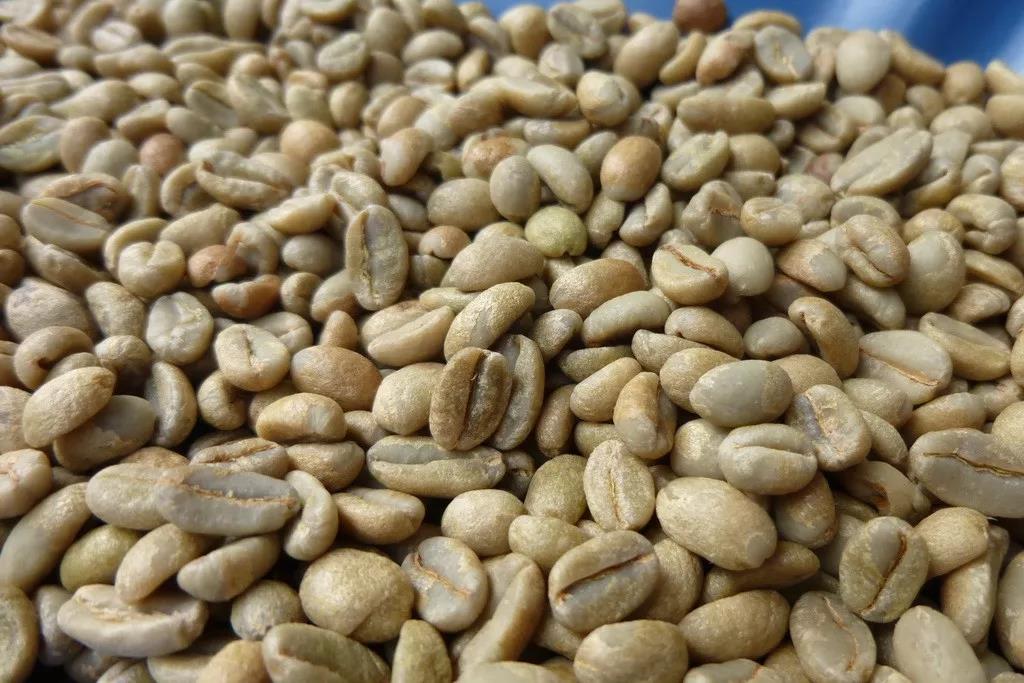
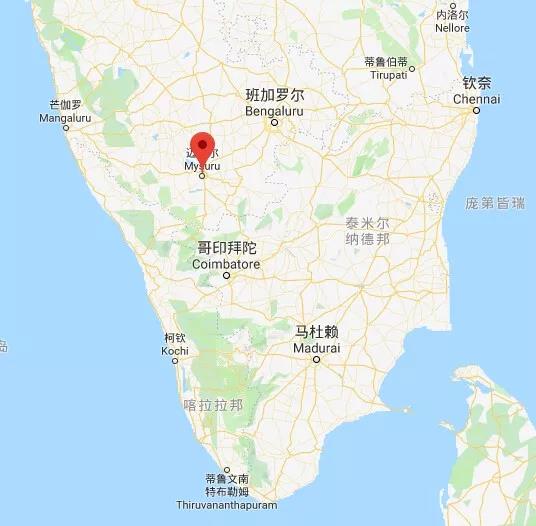
Mysore is located in the Chikmagalur producing area of the city of Karnataka State, India. Mysore is a gold mine producing area in India, and it is also rich in coffee beans, growing at 1200 meters above sea level, especially selecting washed coffee beans of excellent quality, with a bean appearance of up to 18 million 19 meshes, known as Mysore Nuggets Extra Bold (Chinese translation for Maxo gold bricks or Mysore Nuggets Extra Bold nuggets), with the first letter combination of MNEB. MNEB beans are also at the top of the Indian bean classification (Indian official coffee beans are classified according to Robusta and Arabica, while MNEB, the highest number of Arabica beans in the Arabica species). The coffee produced by Maisuo is named "Nuggets" with gold nuggets and gold bricks, and the beans selected must be clean and beautiful washed beans with more than 18 eyes before they can be called Mysore Nuggets Extra Bold.
Grading
The classification method of coffee beans in India is different from that in other places. Arabikadu and Robota beans are distinguished first, and then these two types of coffee beans are subdivided into water-washed beans and sun-dried beans, which are classified according to the size of raw beans.
In the case of Arabica beans, washed beans are crowned with Plantation (Plantation means large farms or co-processing centers), ranking A, B, C, BBB and Bulk in order, while naturally dried beans (Unwashed) are crowned with Cherry (Cherry means coffee fruit, but this refers to processed raw beans. The following table shows the various grades of Arabica beans:

For robusta beans, the water-washed beans are crowned with Parchment, and the grades are AB, C, BBB and Bulk in order, while naturally dried beans are crowned with Cherry. The following are the various grades of Robbosa beans:

Administration and Management
India's coffee industry is managed by the Indian Coffee Commission (Coffee Board of India) under the Indian Ministry of Industry and Commerce. The Indian Coffee Commission is responsible for promoting grown coffee, the sale of coffee at home and abroad, conducting coffee research, providing financial assistance to small-scale coffee farmers, ensuring the treatment of coffee farmers at work and coffee that cannot be sold.
Indian coffee culture

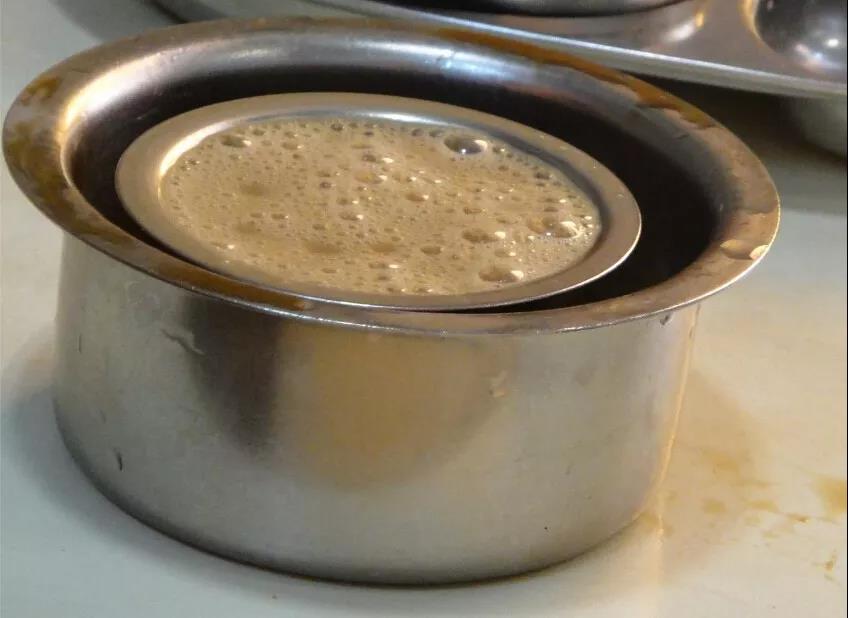
South India is a famous coffee producer, where almost as many people drink coffee as tea. The local way of drinking is like this: coffee is sugar-free when brewed, and milk, coffee and sugar are added layer by layer, so it is not uniform. The larger cup outside has two functions, one is that when coffee is poured from a small cup to a large cup, it can be used to dissipate heat, so that the coffee is less hot, and on the other hand, it is poured back and forth, so that milk, coffee and sugar are evenly mixed. Indians don't seem to care about spilling coffee. Instead, they say, "just spill. What's wrong?" The way it looks.
Important Notice :
前街咖啡 FrontStreet Coffee has moved to new addredd:
FrontStreet Coffee Address: 315,Donghua East Road,GuangZhou
Tel:020 38364473
- Prev

Boutique coffee beans and commercial coffee beans, how on earth should coffee shops choose common beans?
From the perspective of the coffee market, coffee beans are mainly divided into two categories, commercial beans and high-quality coffee beans. In terms of price, high-quality coffee beans are several times more expensive than commercial beans. From a cost point of view, of course, the profit margin of choosing commercial beans will be very large, but the taste of coffee obtained from commercial beans is much lower than that of boutique coffee beans. It can be used to make lattes, cabbages and other Italian coffee. Boutique coffee
- Next

NetSuite helps connect coffee to create thousands of mobile cafes
Professional coffee knowledge exchange More coffee bean information, please pay attention to coffee workshop (Weixin Official Accounts cafe_style) Recently, Shanghai Qiyuan Distance Data Technology Co., Ltd.(hereinafter referred to as Qiyuan Distance Map), a wholly-owned subsidiary of Elin Zhe Company, has formally reached strategic cooperation with domestic well-known coffee chain giant Lian Coffee on the construction of enterprise informatization platform. The enterprise distance map ranks first in the world in cloud E
Related
- What documents do you need to go through to open a coffee shop? coffee shop coffee shop certificate processing process
- How to purchase Coffee beans in small Cafe how to choose a suitable supplier for domestic Coffee supply Company
- How to drink Starbucks Fragrance White Coffee? how to make Australian White Coffee? what Italian coffee beans are recommended?
- The Story of Flora Coffee: the name of Flora Coffee Bean and the implication of the Flowers on Florna Coffee
- How much does a cup of coffee cost? How much is the profit of a cup of coffee? What is the profit of the coffee shop in a year?
- Yunnan small Coffee, known as "fragrant Coffee", introduces the characteristics of Alpine Arabica Coffee producing areas in Yunnan, China
- 2023 latest Starbucks full menu price list how much is a cup of Starbucks coffee what is better to drink the most popular hot and cold drinks recommended
- Starbucks different kinds of Coffee Price list Starbucks menu 2023 Top Ten Best drinks in Starbucks
- Starbucks Spring praise Comprehensive matching Coffee Bean theme Story Packaging implication and taste description
- The cost of a cup of coffee latte American coffee cost price and selling price

